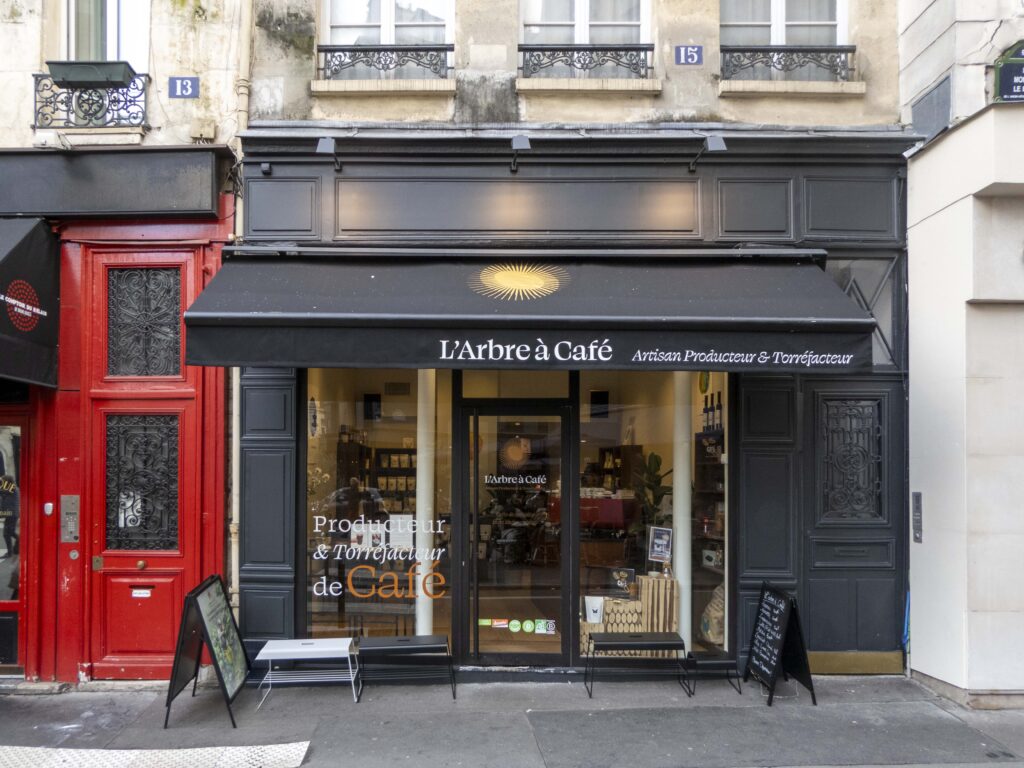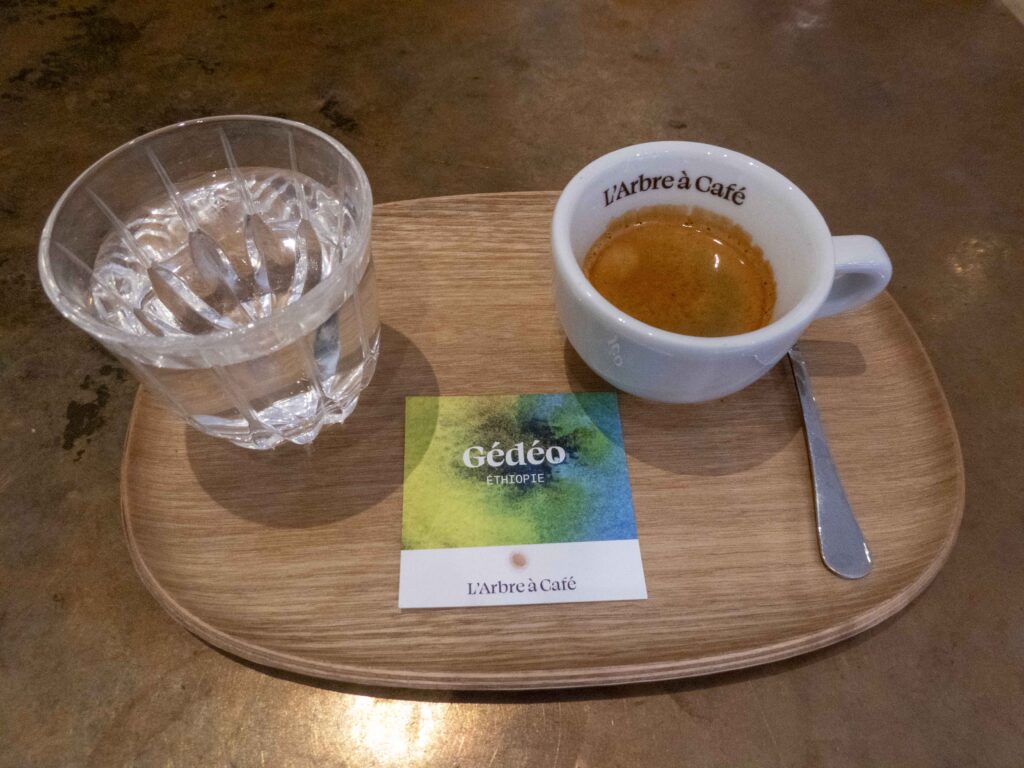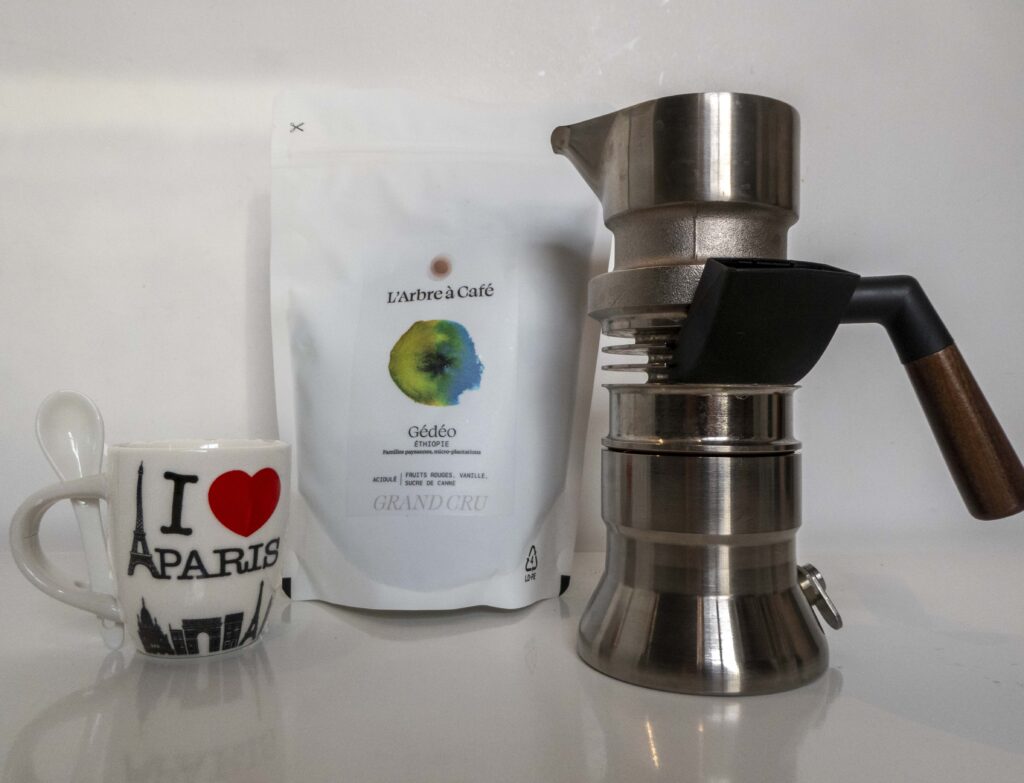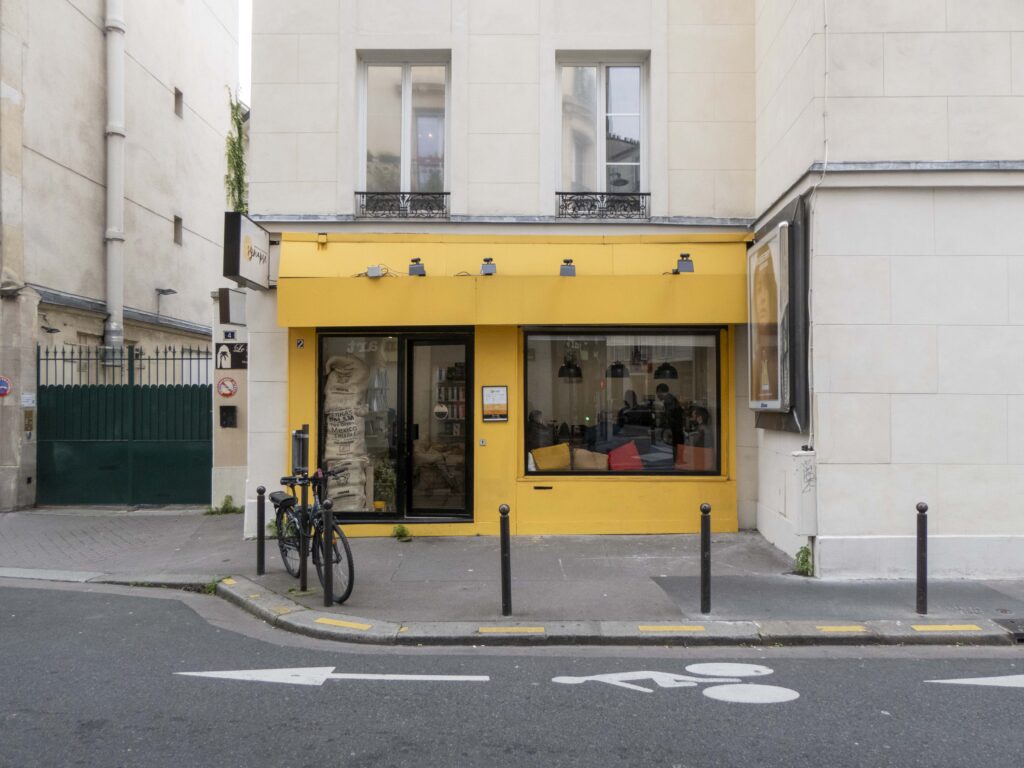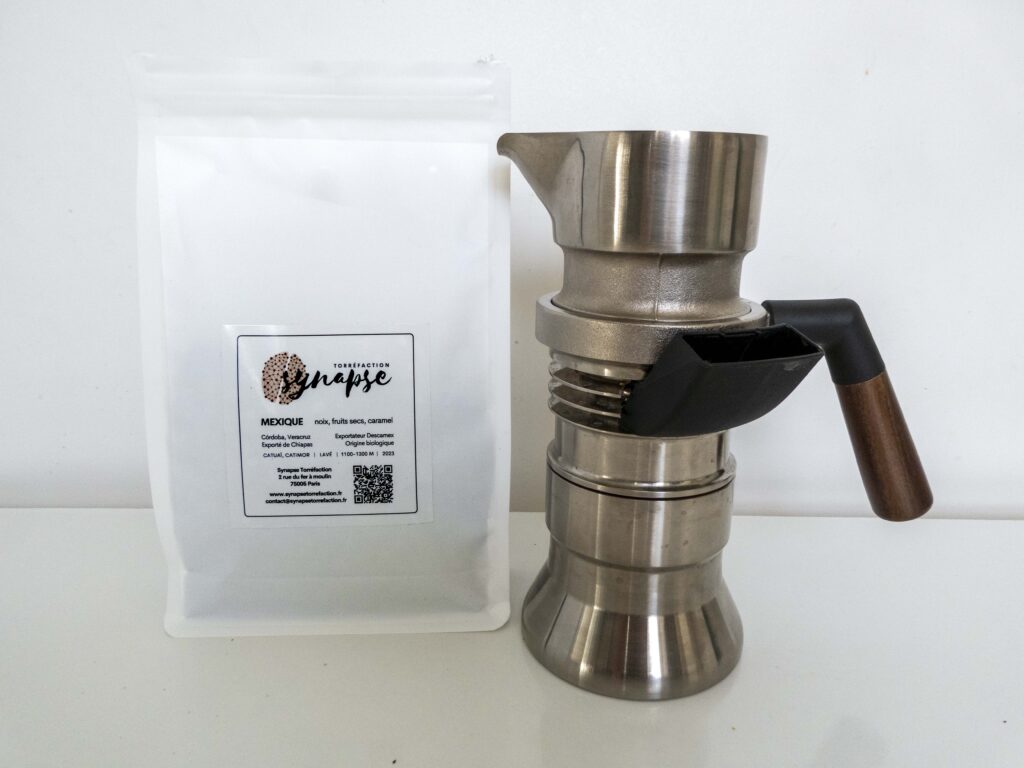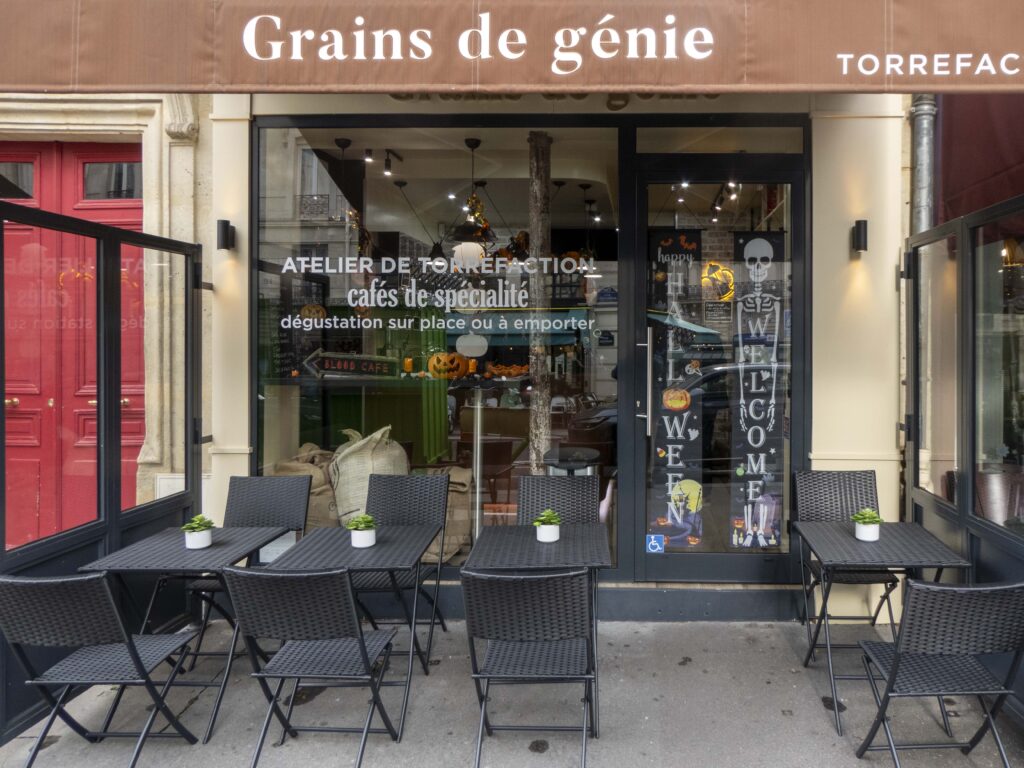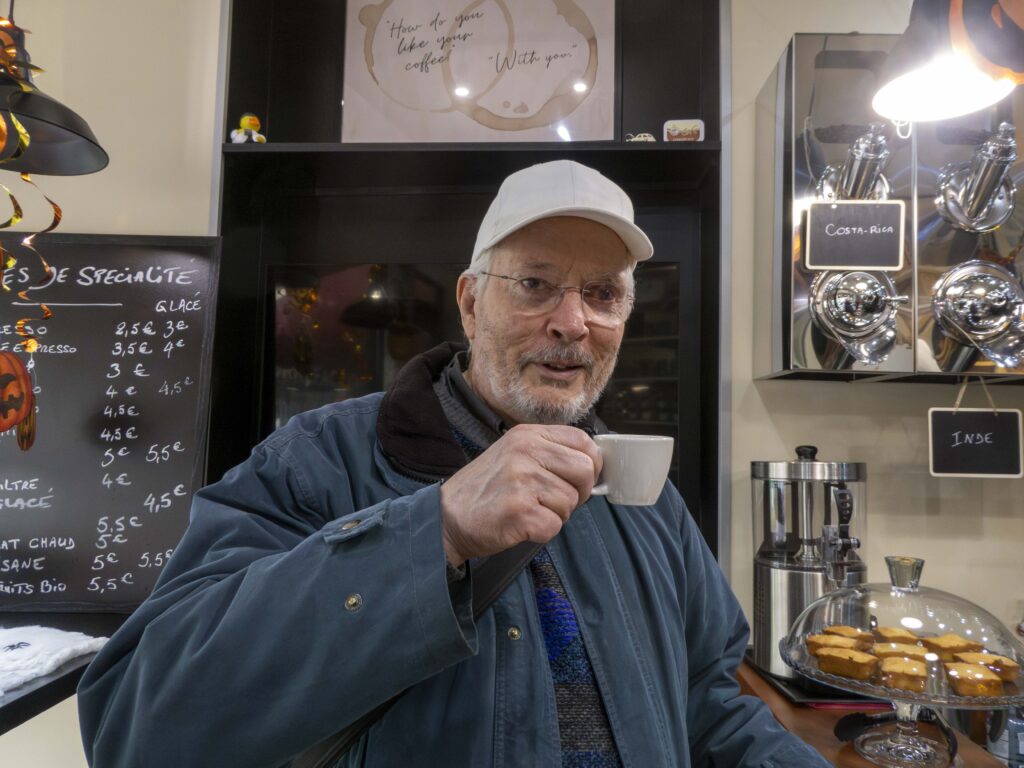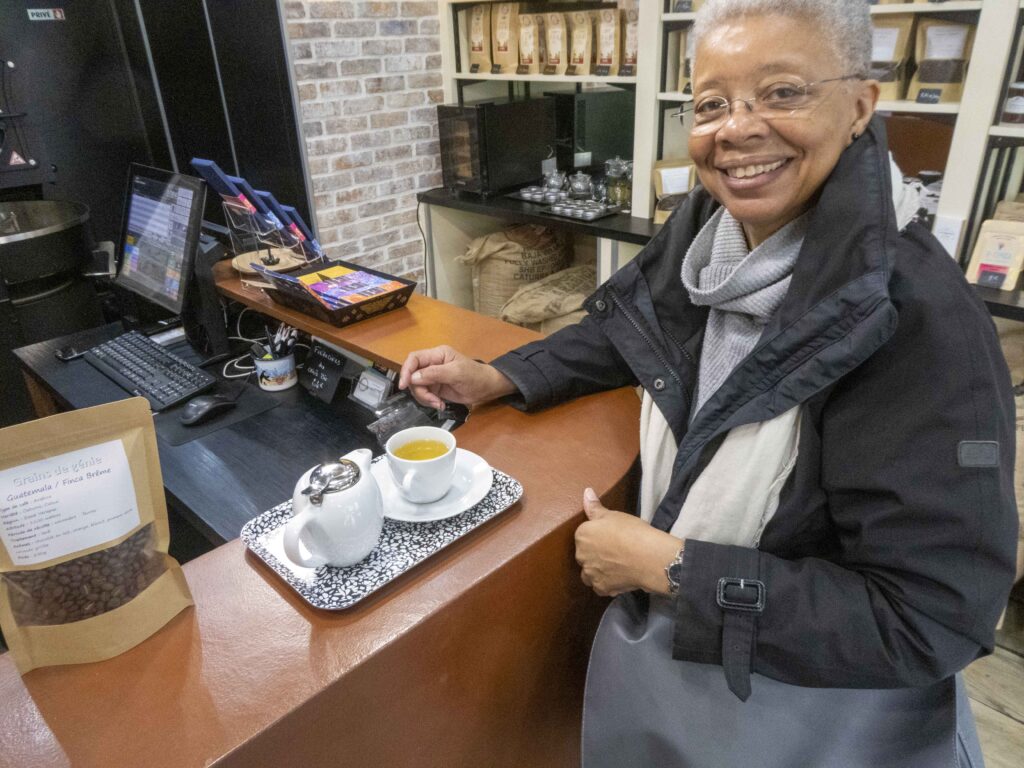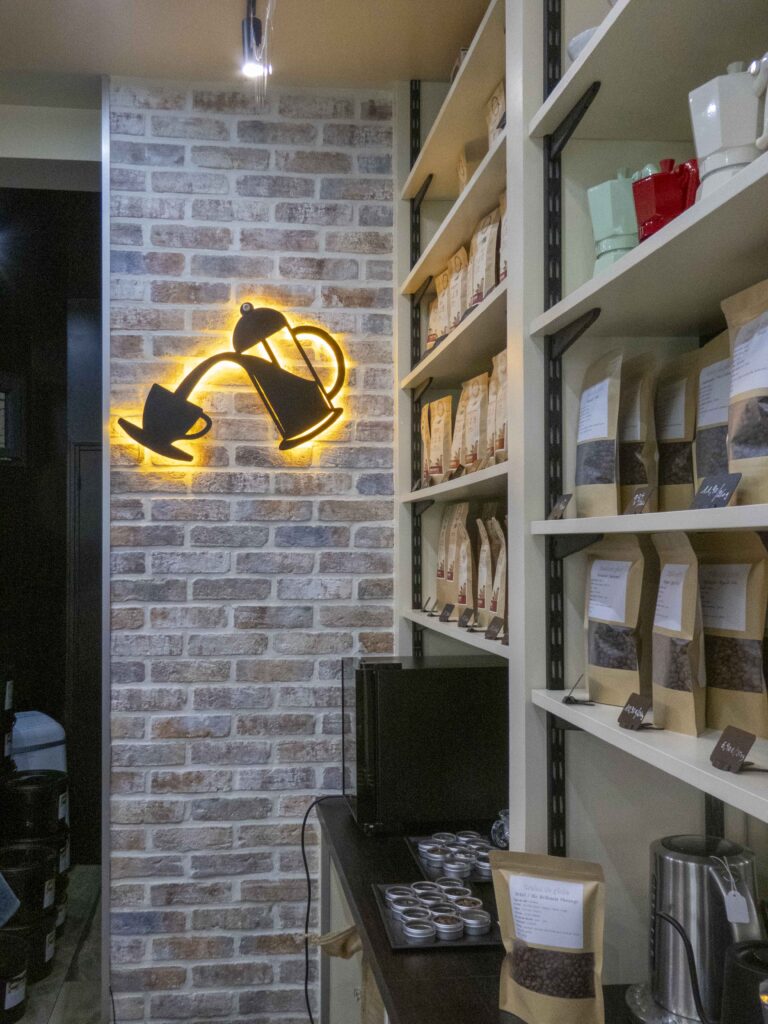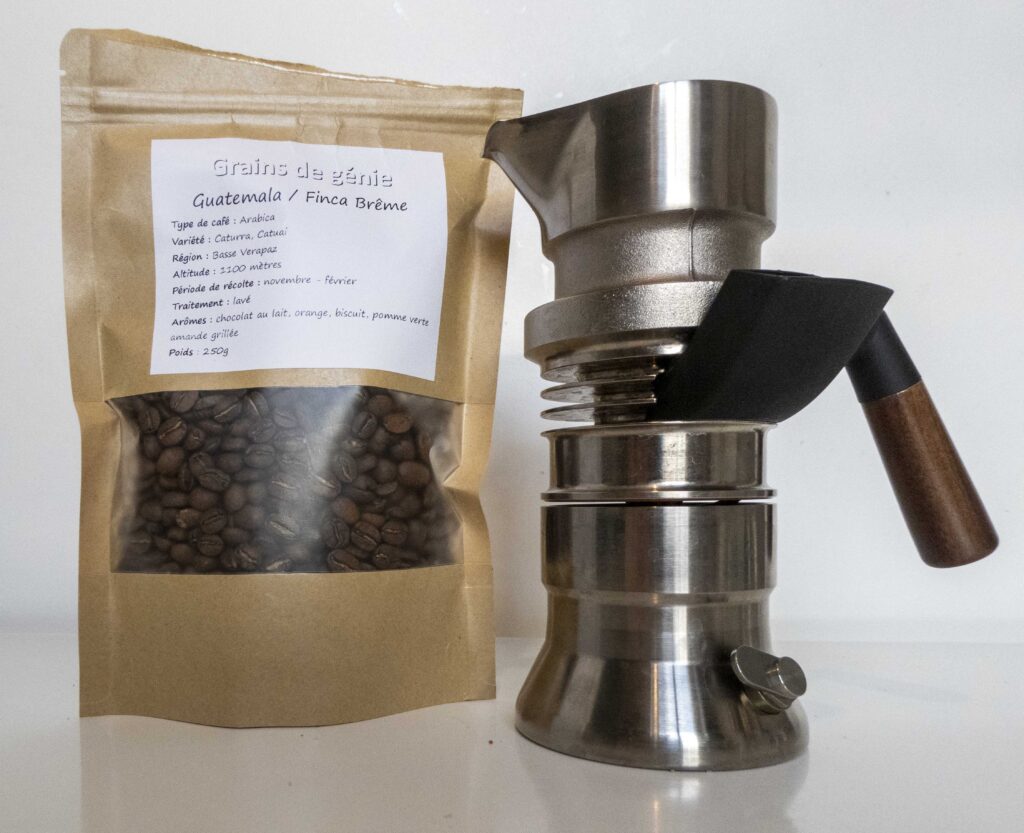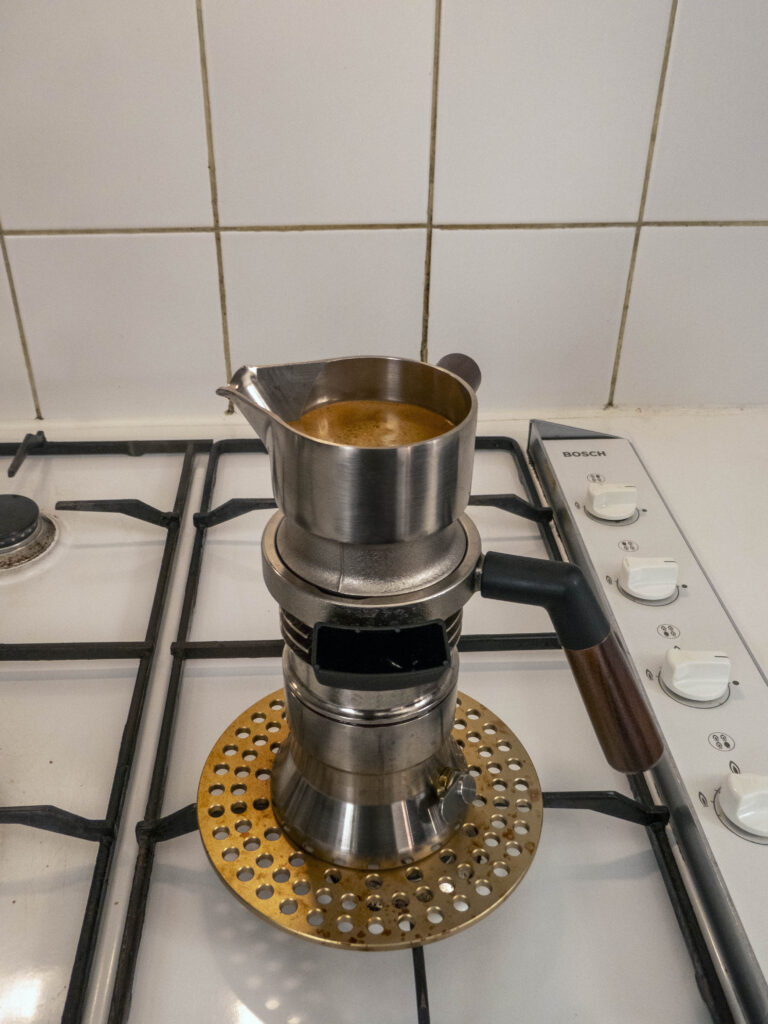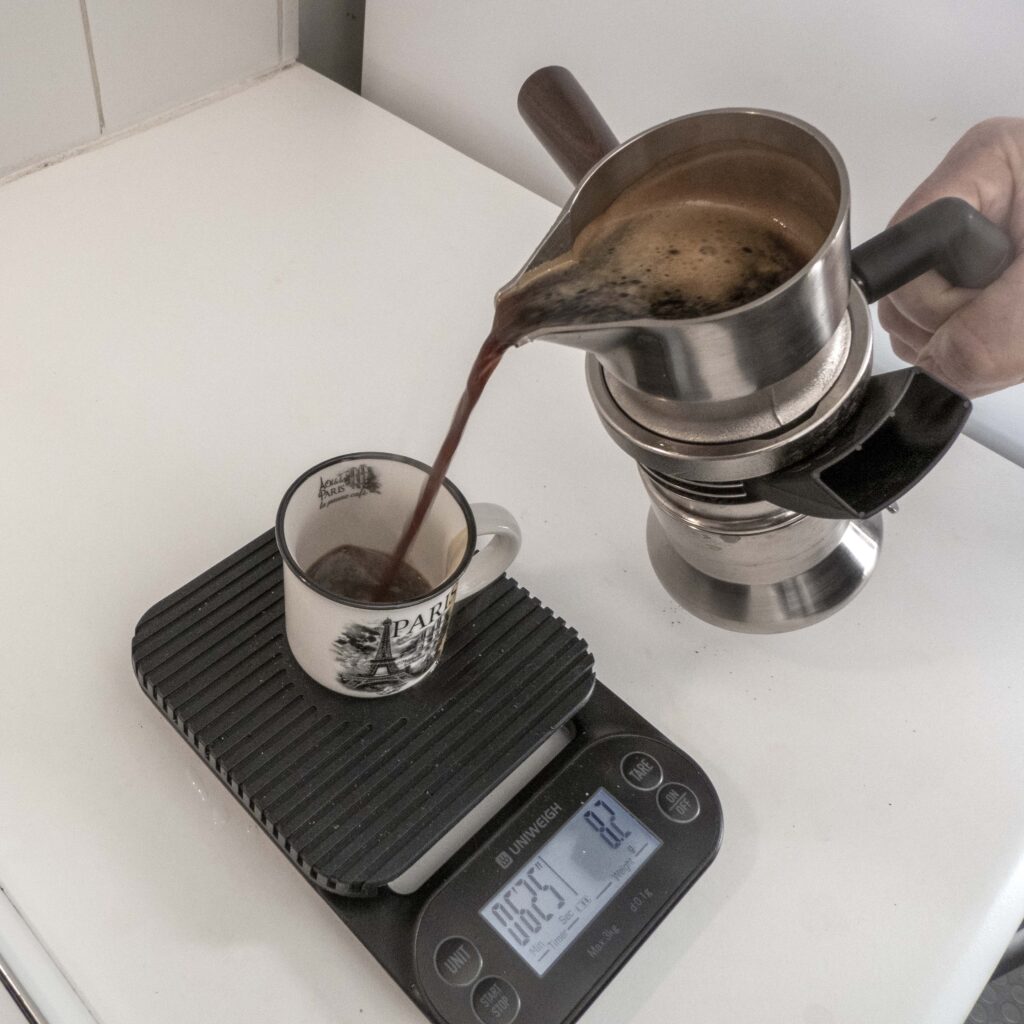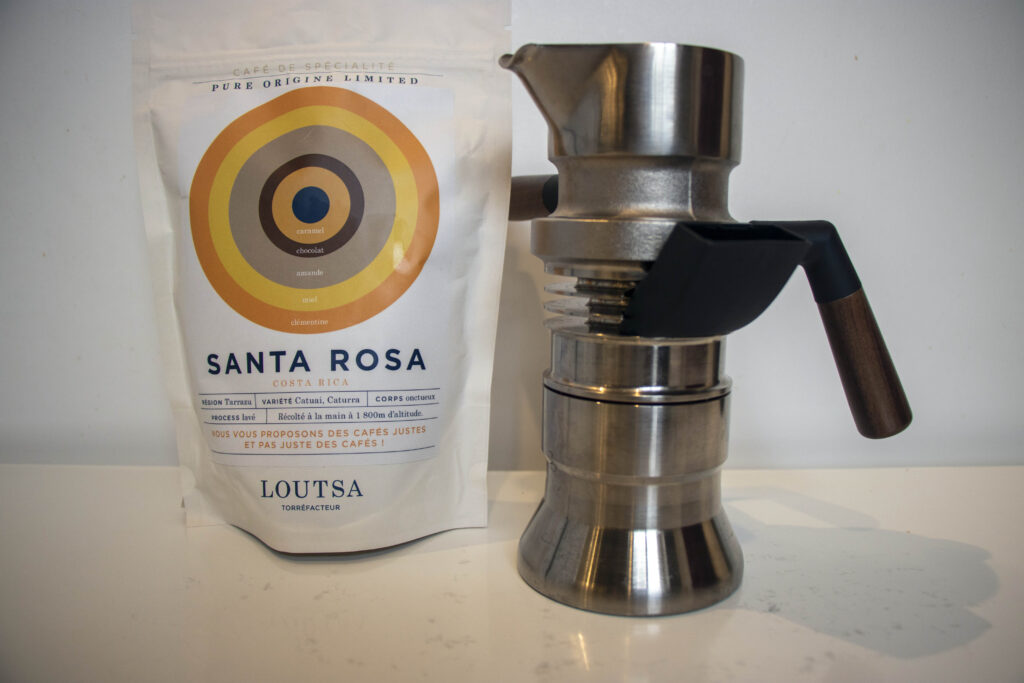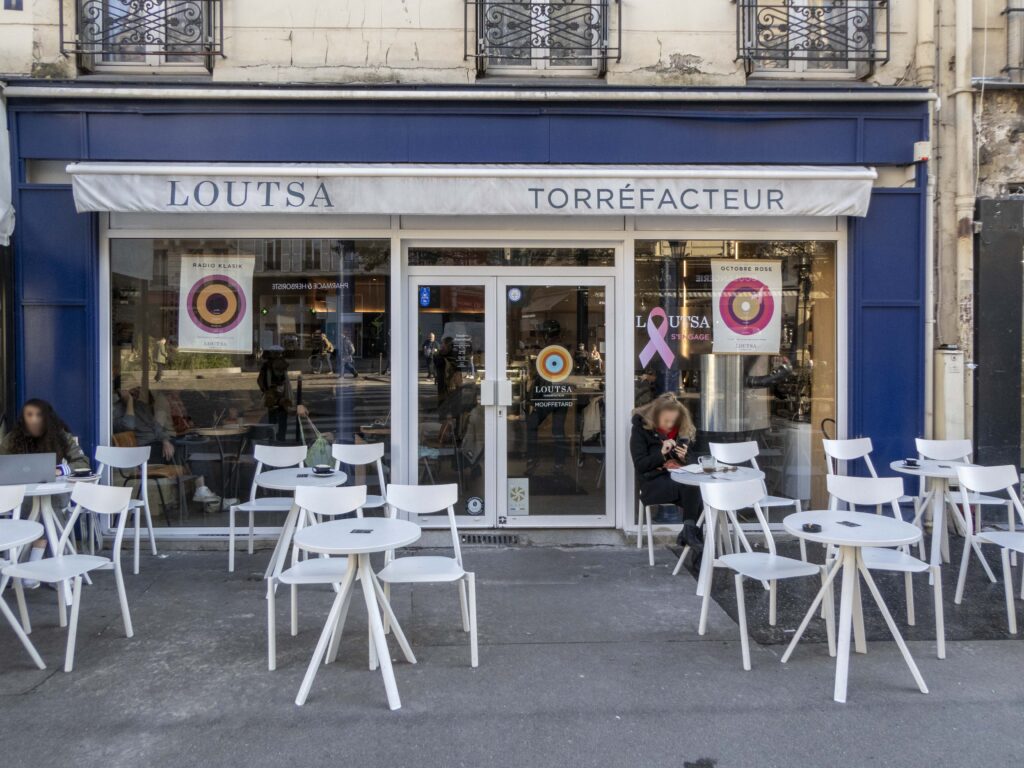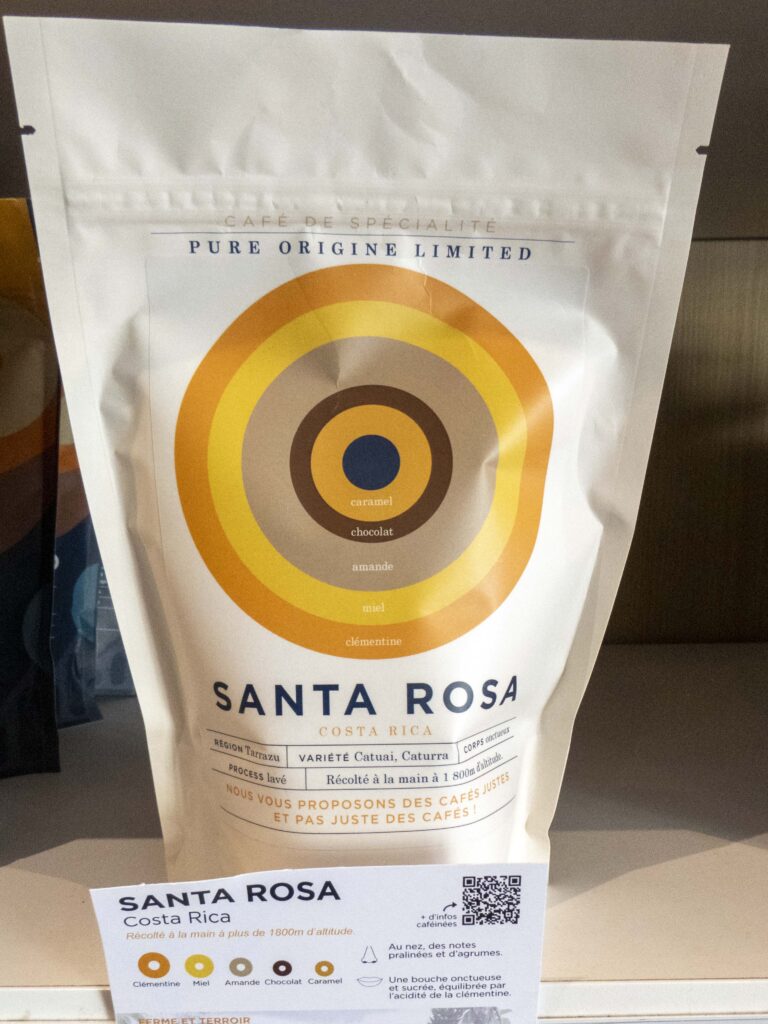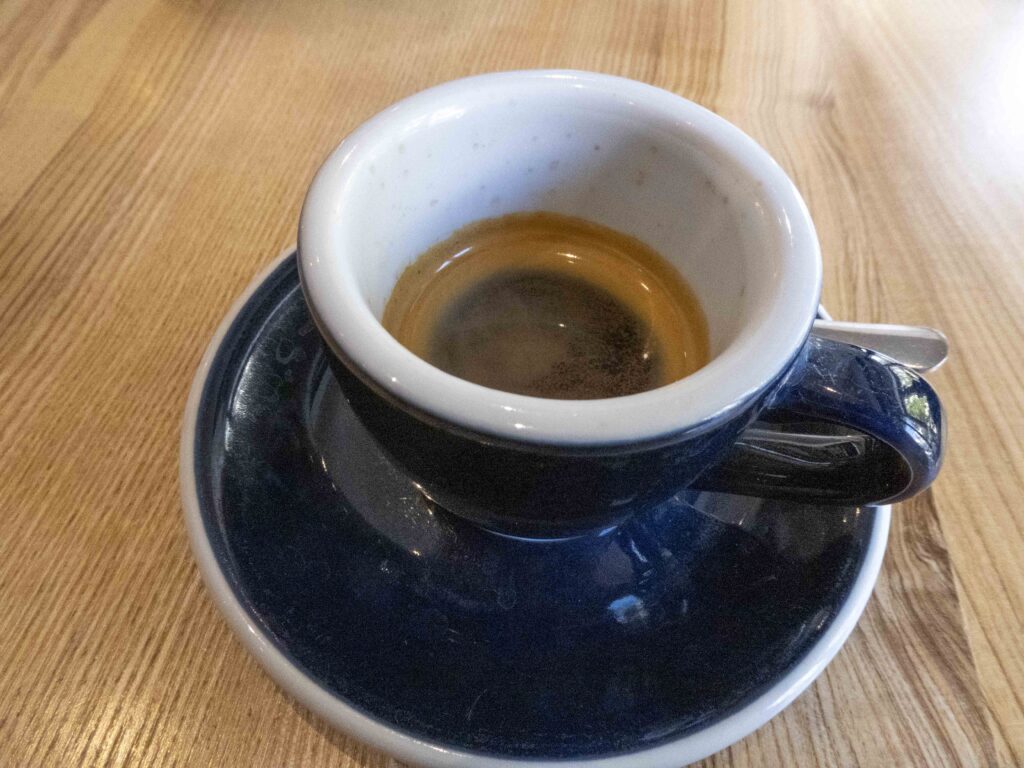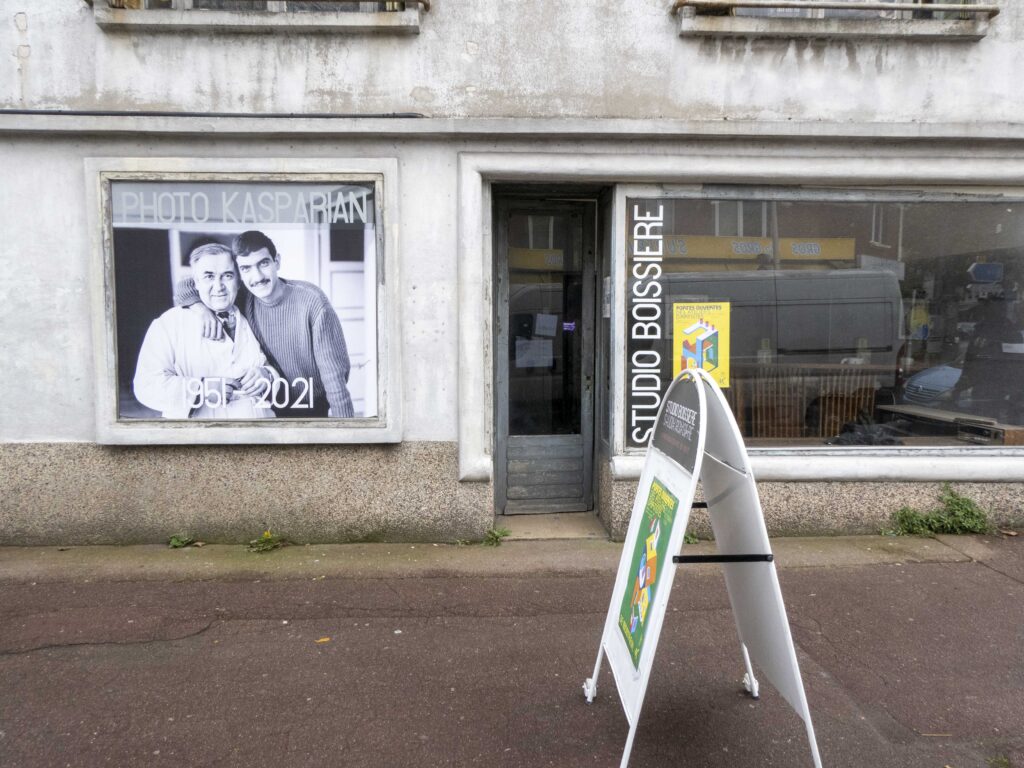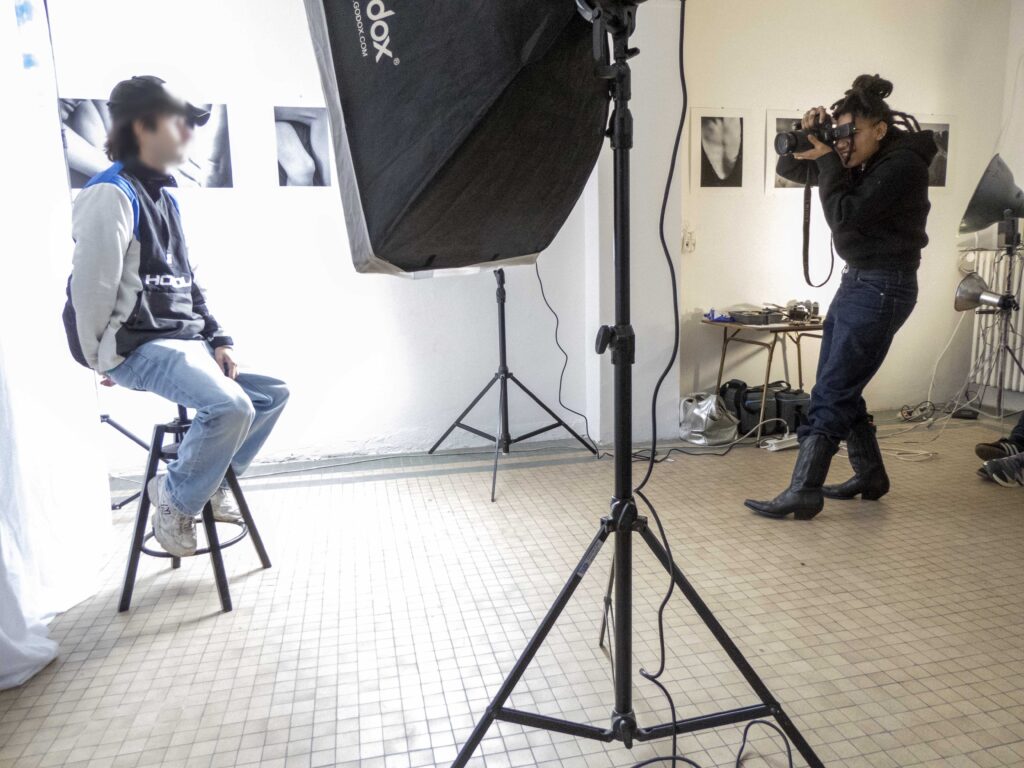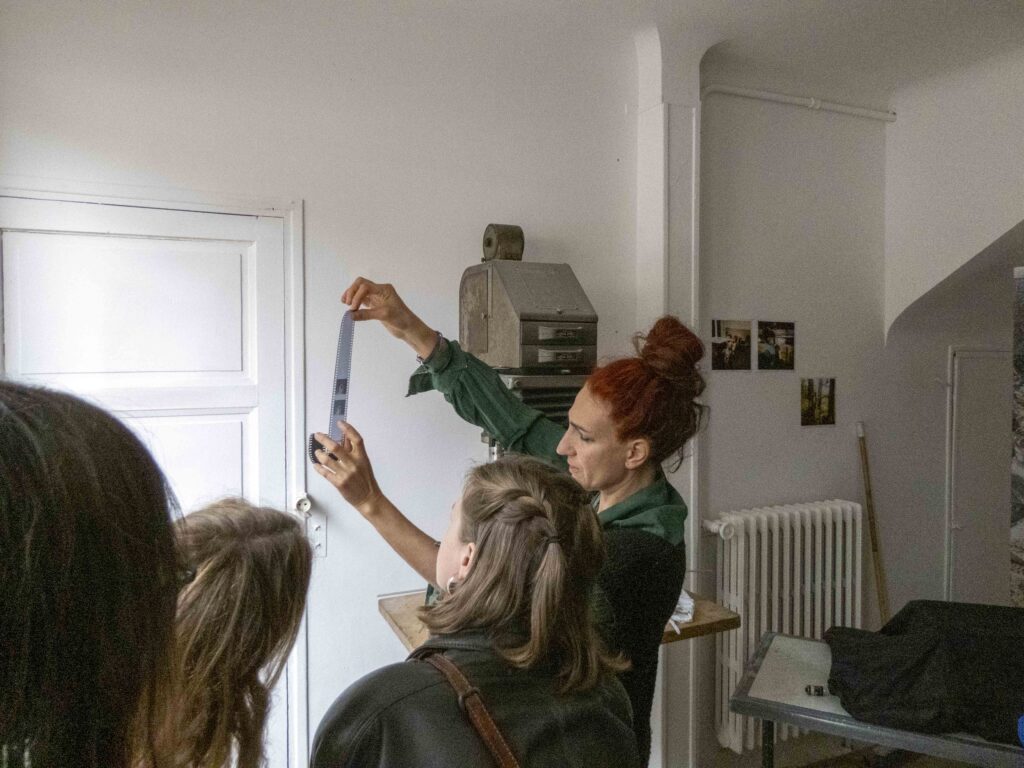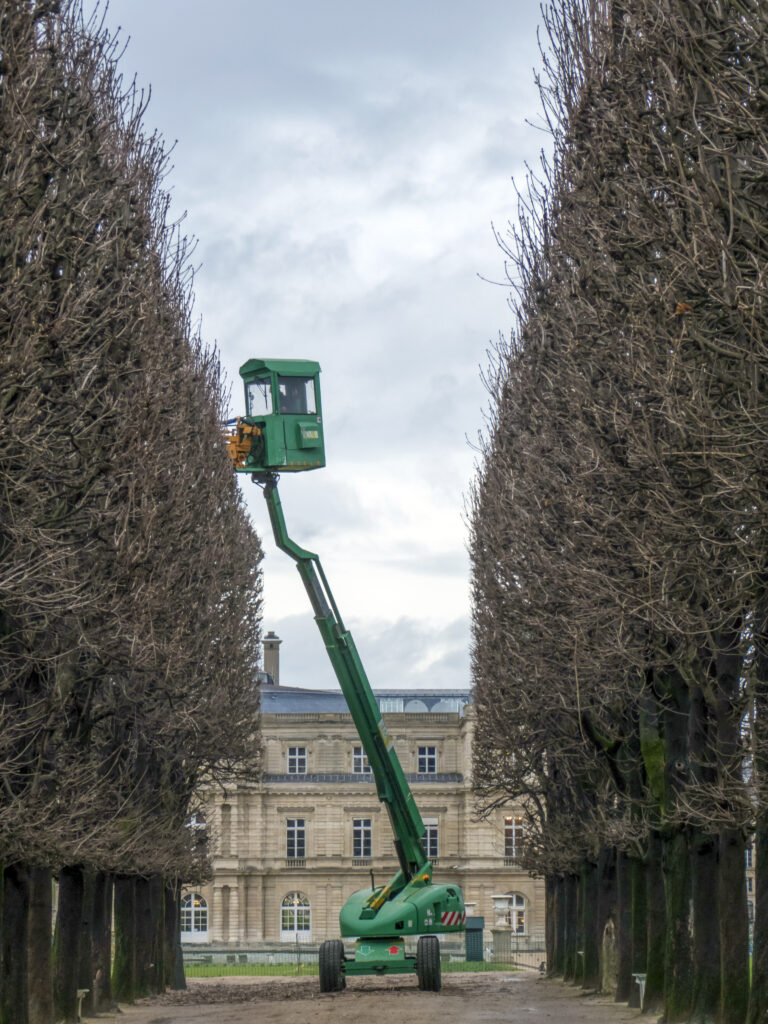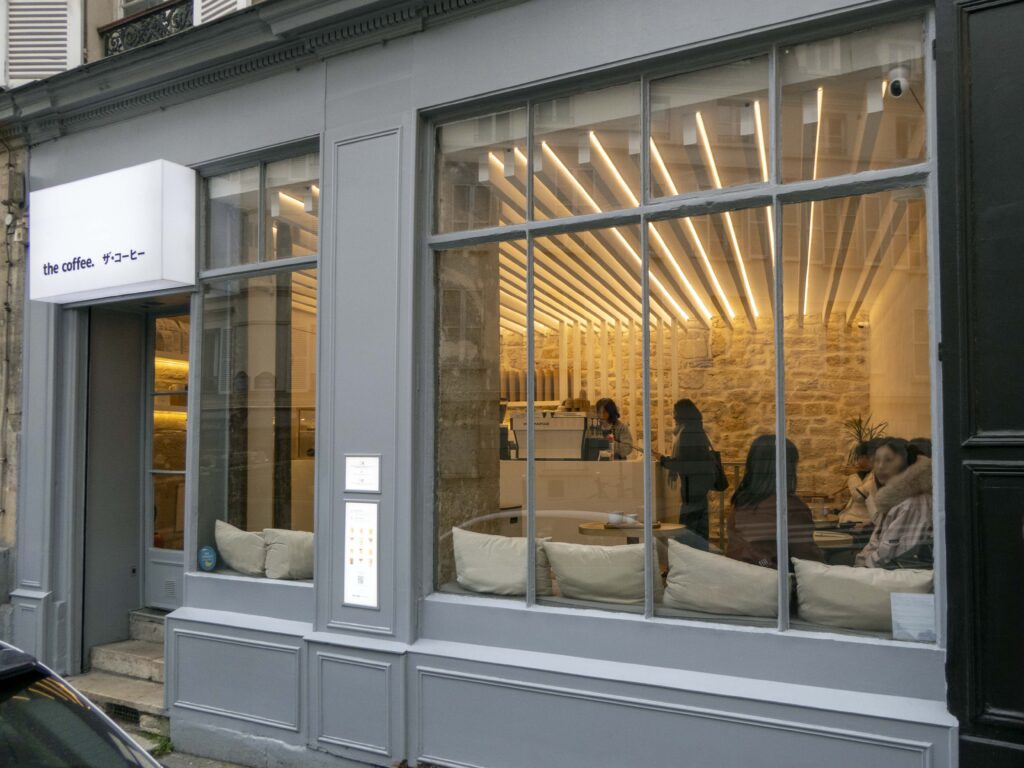
We entered the coffee. on rue Cardinal Lemoine last week to try their espresso and hot chocolate. This coffee shop is part of a world-wide franchise that, according to its website, has twelve coffee shops in Paris.
The manager told us that the coffee. was founded by two Portuguese brothers who were inspired by the severe decorative style that they saw in Japan. Indeed, the interior of this shop is stark, with bare walls and minimalist design.
The manager stated that the coffee bean used for the preparation of their espresso comes from Brazil. The bean is roasted in Portugal, then packaged in a white bag that is sold to customers who want to make their own espresso at home.
According to the company’s website, the bean is Amarillo Bourbon (Bourbon Yellow), produced in the Mantiqueira de Minas region of Brazil.
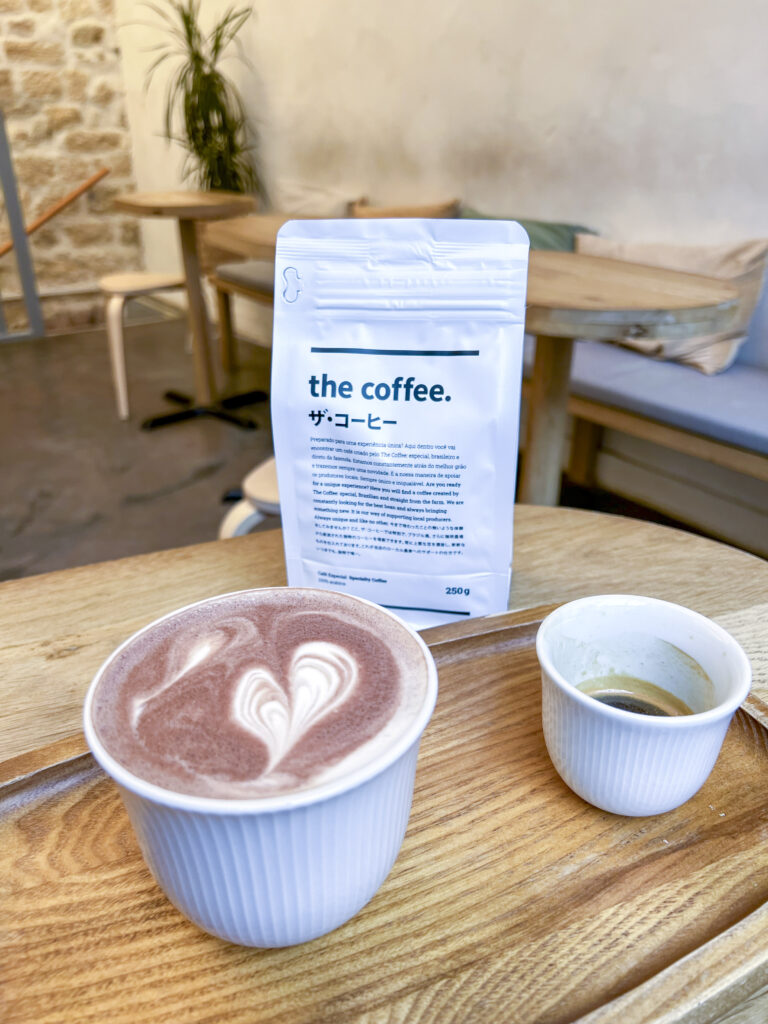
I ordered an espresso and my partner a hot chocolate. I found the espresso to be robust and slightly sweet with notes of chocolate. My partner enjoyed her hot chocolate but stated that it was not as rich (i.e., creamy) as she would have preferred.
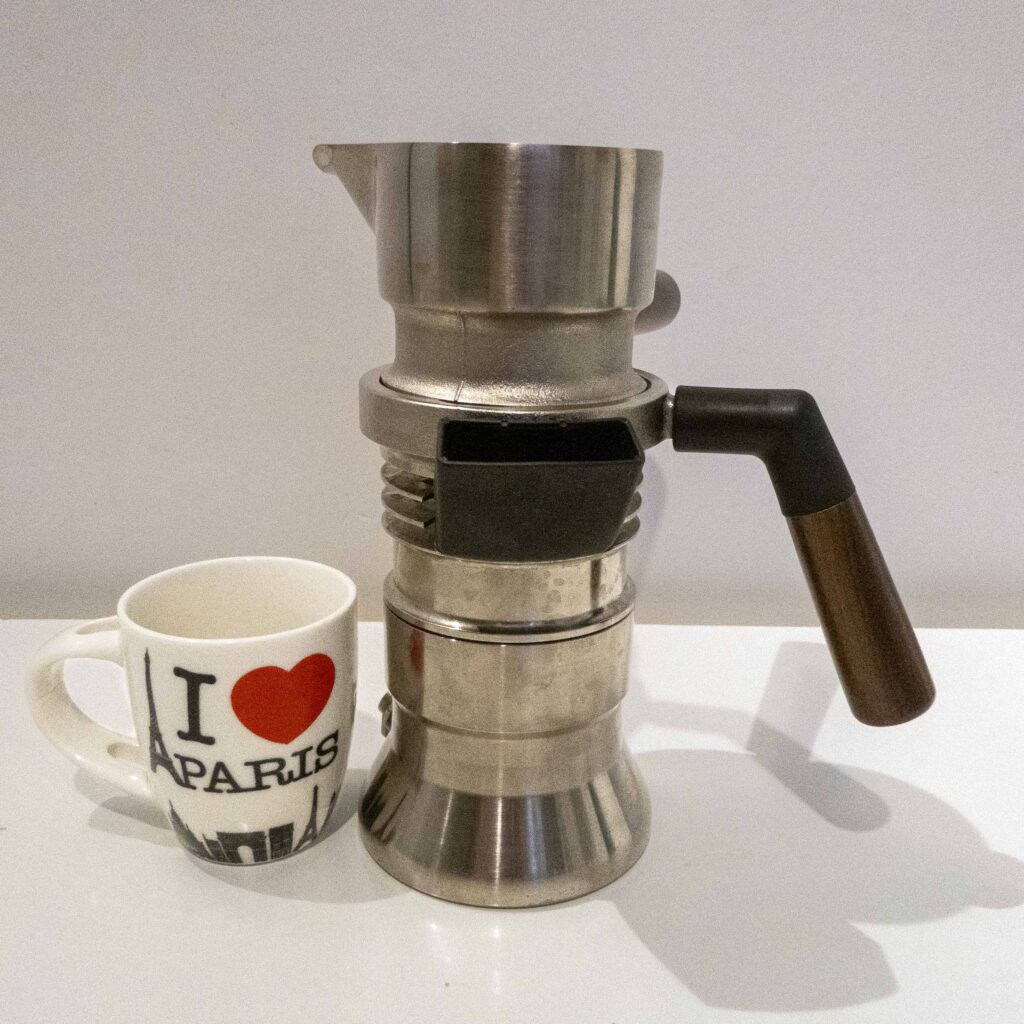
I purchased a 250-gram bag of the whole-bean for 11.60€. I took it home, where I brewed a cup of espresso with my 9Barista stove-top espresso machine using 18 grams of finely ground coffee and 120 grams of low-calcium spring water. The resulting beverage was agreeably similar to the espresso that I tasted in the coffee shop.
the coffee.
77, rue du Cardinal Lemoine
75005 Paris

